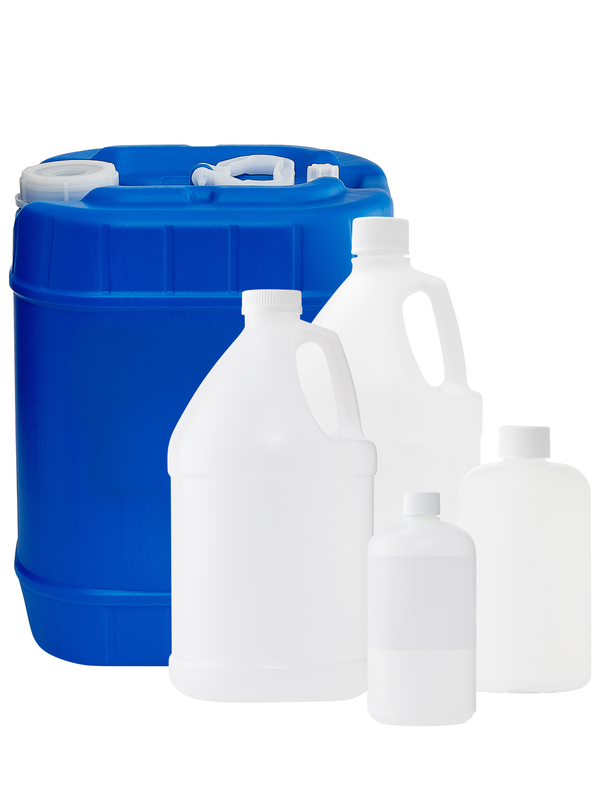
Business Support
Chromic Acid 3% Lab Grade
Strong Oxidizer Which Reacts With Organic Material
For questions regarding lead time, please contact a member of our Customer Care Team at customercare@laballey.com
Business Support
Description
About Chromic Acid 3% Lab Grade
Chromic Acid usually refers to a collection of compounds formed via the dissolution of Chromium Trioxide in Sulfuric Acid, or via the acidification of Chromate/Dichromate solutions. It is a dark red, strongly corrosive liquid. Since it contains chromium in its +6 oxidation state, it has strong oxidizing properties and a high redox potential.
Lab Alley’s Chromic Acid, 3% Solution contains 3% by weight of Chromic Acid mixed with 97% by weight of purified Water.
Chromic acid is an intermediate in chromium plating, and is also used in ceramic glazes, and colored glass. It is a strong oxidizer (reacts with organic material) that it is used to clean glassware with stubborn organic stains.
COMMON USES AND APPLICATIONS
- Chromium plating
- Ceramics
- Oxidizing agent in organic chemistry reactions
- Musical instrument repair
- Photography
INDUSTRIES
- Laboratories
- Instrument Repair Industry
- Photography
- Metal Industry
PRODUCT INFORMATION
Customer Reviews and Q&A
Safety and Shipping
Please contact us to request a Safety Data Sheet (SDS) and Certificate of Analysis (COA) for Chromic Acid 3% Solution.
Business Support
Built for Business.
At Lab Alley, we simplify procurement with custom quotes, credit applications, tax exemptions, and fulfillment support, ensuring on-budget, on-time delivery - your success is our priority.
Apply for Credit
A Lab Alley credit account streamlines purchasing for your business. Our Customer Success Team is available to help you through every step of the process.
Request a Custom Quote
Get a fast, customized quote tailored to your specific needs. Our team ensures accurate pricing and availability to help streamline your purchasing process.

Additional Business Resources
Lab Alley provides access to essential certifications, documents, and other resources to support your business.

Create a Lab Alley Account

RECEIVE exclusive offers, promotions, and discounts on chemicals.

Always have the product you need, when you need it with our AUTOSHIP program.


